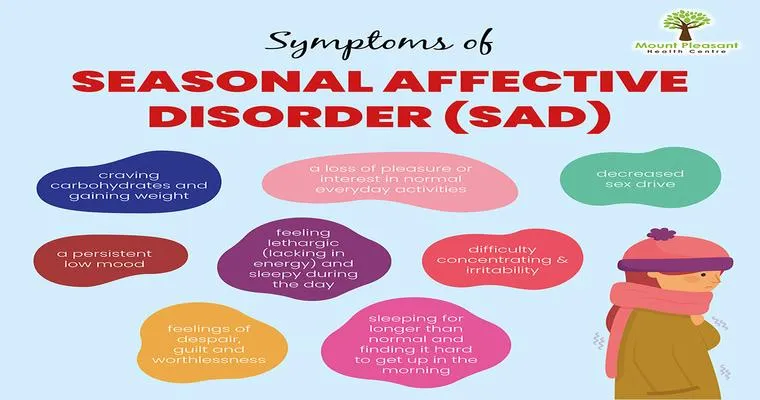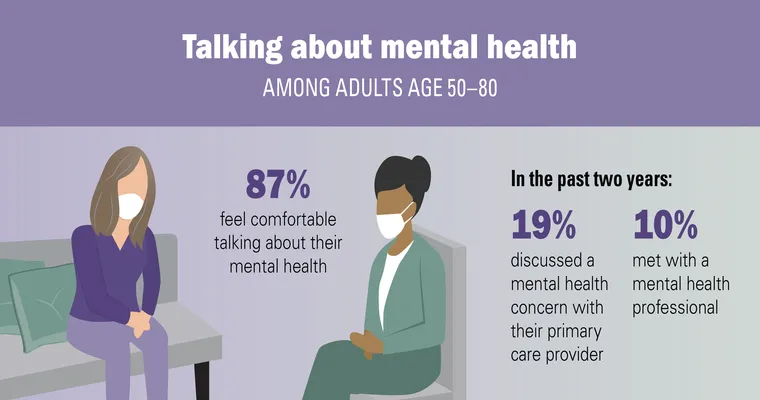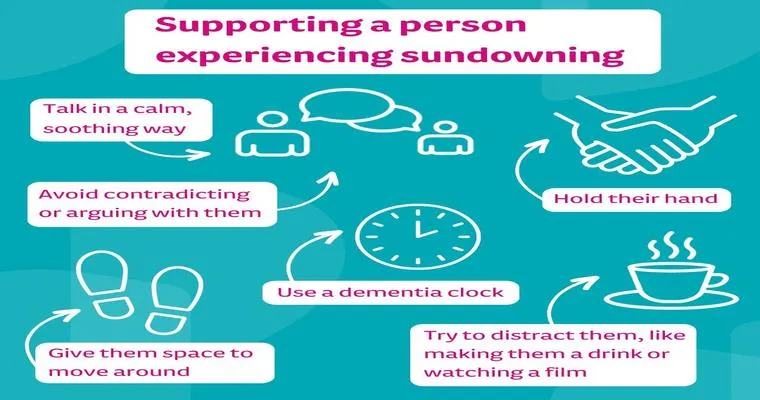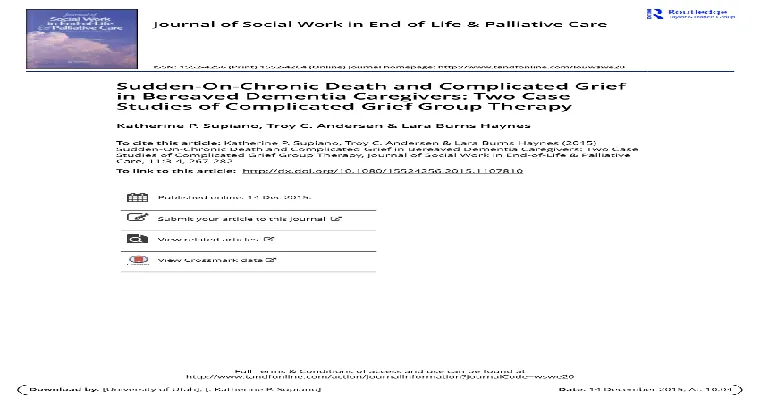"Seasonal Affective Disorder" (SAD) is a type of depression that occurs at specific times of the year, most commonly during the "winter months" when daylight hours are shorter. One of the less discussed but significant aspects of SAD is its relationship with "morning anxiety". Understanding this connection can help individuals manage their symptoms more effectively.
SAD is characterized by feelings of "sadness", lack of energy, and irritability, which can significantly impact daily life. Those affected often notice that their symptoms worsen in the morning, leading to heightened anxiety levels as they start their day. This phenomenon can create a vicious cycle where the anticipation of the day ahead amplifies feelings of dread and unease.
Morning anxiety in individuals with SAD can manifest in several ways. Many report a racing heart, difficulty concentrating, and an overwhelming sense of worry about the tasks ahead. This anxiety can be linked to the brain's response to reduced sunlight exposure, which can alter serotonin levels and disrupt normal sleep patterns. As a result, waking up becomes a daunting challenge, exacerbating feelings of hopelessness that are already common in SAD.
To address these issues, several strategies can be beneficial. "Light therapy" is one of the most effective treatments for SAD, mimicking natural sunlight to help improve mood and reduce anxiety. Incorporating "exercise" into a morning routine can also help alleviate anxiety by releasing endorphins and boosting overall well-being. Furthermore, practicing "mindfulness" and relaxation techniques such as deep breathing or meditation can help individuals manage their morning anxiety more effectively.
It is also essential to maintain a regular sleep schedule. Poor sleep can intensify symptoms of SAD and contribute to morning anxiety. Prioritizing good sleep hygiene, such as keeping a consistent bedtime and creating a restful sleep environment, can make a significant difference.
If you or someone you know struggles with SAD and morning anxiety, seeking professional help can be a crucial step. A mental health professional can provide guidance and recommend appropriate treatment options, which may include therapy or medication designed to help manage symptoms.
In conclusion, understanding the interplay between "Seasonal Affective Disorder" and "morning anxiety" is vital for anyone affected by these conditions. By recognizing the symptoms and implementing effective coping strategies, individuals can work towards improving their quality of life during the challenging months of the year.





